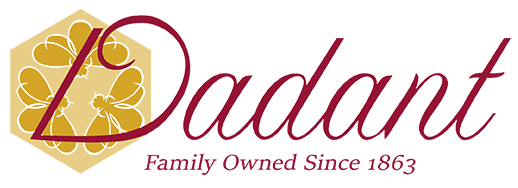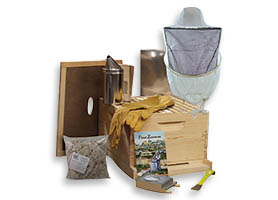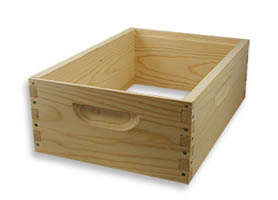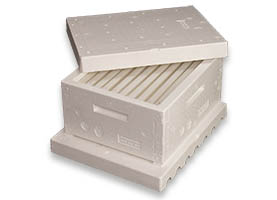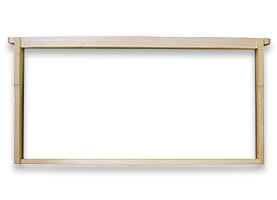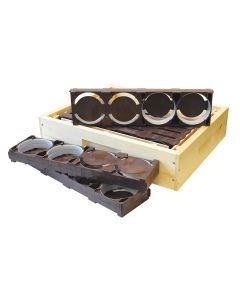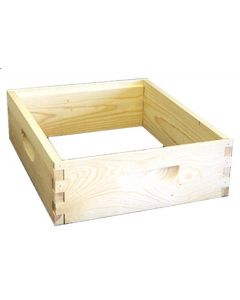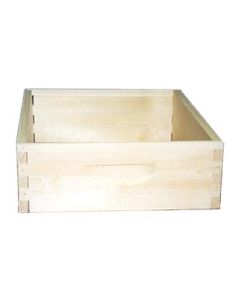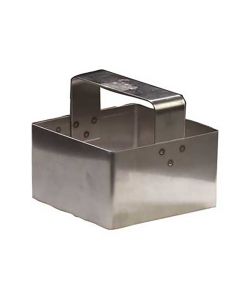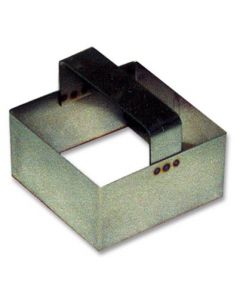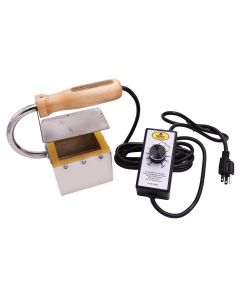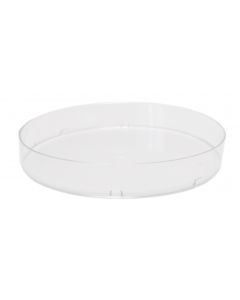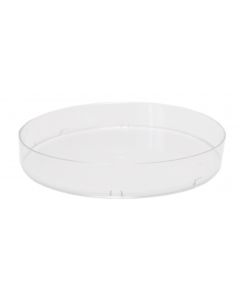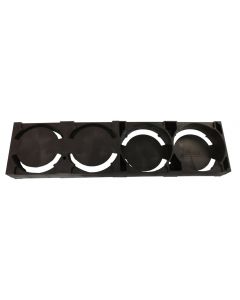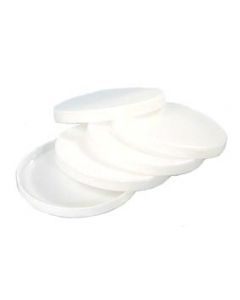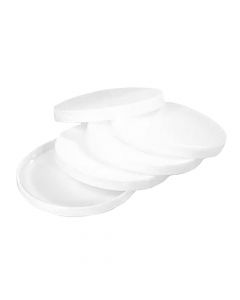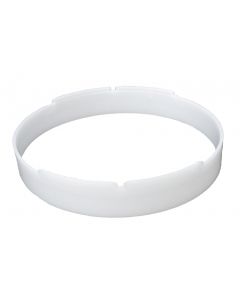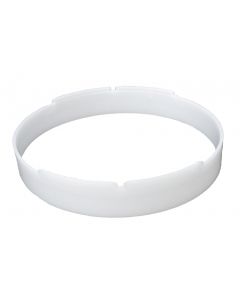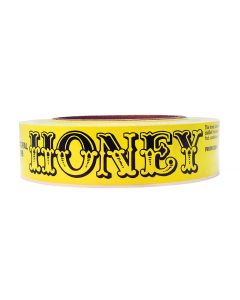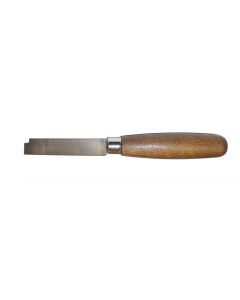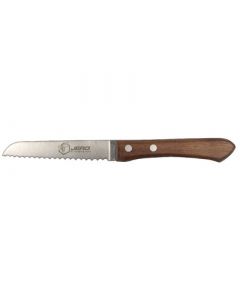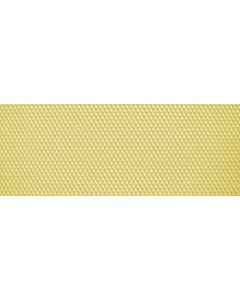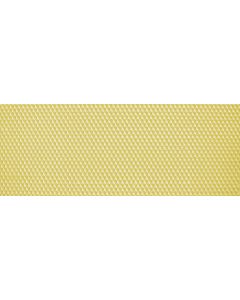Hives
Bee Hives
Choosing Between 10-Frame and 8-Frame Hives
If you want to raise a successful colony, choosing the right equipment is crucial. Preferences vary among beekeepers, and what works for one may not work for another. Dadant & Sons has several options for bee hives to ensure every beekeeper can find the kit that works best for them.
The basic configuration of a Langstroth hive is composed of seven parts: the hive stand, bottom board, entrance reducer, brood box, super, inner cover, and telescoping outer cover.
The hive you choose depends on many factors, such as your area's climate. It ultimately comes down to your own preferences.
Historically, beekeepers in the United States and Canada opted for Langstroth 10-frame beehives for their honey bees, but 8-frame hives have become more popular in the past few decades.
10-frame hives give bees two additional frames for honey and brood production, which means you can harvest more honey.
In comparison, 8-frame beehives are lighter when full, which make them easier to handle if standard hives are too heavy. These hives also fit in smaller spaces, which is convenient for small backyards and bee yards.
Factors
Below, we compare 10-frame and 8-frame hive designs according to different factors. We also recommend doing more research to figure out which bee hive would work best for you.
Honey Production
Because 10-frame hives hold two more frames, bees have more room to lay eggs and produce a bigger food supply, which also means you can harvest extra honey. With 8-frame hives, beekeepers will need to purchase more supers for storage.
8-frame hives hold less frames, which makes them generally lighter than 10-frame hives.
8-frame hives require more boxes because bees will build comb on frames much faster due to having two less frames. Although 8-frame hives are lighter, a beekeeper will have more boxes to inspect if they choose that hive style.
If you're looking for more honey production and purchasing less boxes, we recommend buying a 10-frame hive. However, if you want something lighter and easier to transport, consider an 8-frame hive.
Winter
Due to its more compact nature, an 8-frame hive for bees is cozier and better-insulated, which is perfect for winter. Since bees cluster together for warmth, the narrower space helps them focus on moving upward to the honey super for food.
No matter what you choose, be sure to properly prepare your hive for winter and learn how to feed and maintain the hive during the season. Be sure to check out winter items for both 8-frame and 10-frame hives before the season begins.
Size
10-frame hives are shorter because they have fewer boxes, which means you will potentially be allocating less time to hive inspections and save money. If you live in a windy climate or often experience stormy weather, it may be more advantageous to use 10-frame hives because they would be less likely to tip over.
However, bees tend to move up before using the two extra frames in 10-frame hives because they instinctively inhabit smaller spaces, such as hollow tree trunks. Because of their nature, bees will more likely use all eight frames and move up quickly.
8-frame hives are also useful if you want to have multiple hives in a small backyard or want ease of transport.
The maximum weight for one 8-frame box is 64 lbs. In comparison, a 10-frame box can weight up to 80 lbs.
Price and Equipment
8-frame boxes are generally cheaper than their 10-frame counterparts. Because a single hive may require many boxes, the cheaper price point may be right for you.
However, this price point may balance out because you will need to purchase more boxes for 8-frame hives.
There are also more tools available for 10-frame hives because they were the standard for decades.
Since 8-frame hives are newer, many tools and accessories, such as jar feeders, may not fit an 8-frame hive. To make the search easier for customers, we created a section for 8-frame accessories so you have easy access to equipment.
Advantages and Disadvantages
Below, we listed the major advantages and disadvantages of 10-frame and 8-frame bee hives.
The Advantages of 10-Frame Hives
- More frames for honey/brood production.
- More tools and accessories are compatible with 10-frame hives.
- More beekeepers use 10-frame hives, which means you will have more perspectives on raising a colony.
- You will have fewer boxes to purchase and inspect.
The Disadvantages of 10-Frame Hives
- Bees tend to move up instead of using the two extra frames.
- These hives are heavier because they hold more bee products.
- The average beekeeper cannot move a full 10-frame deep box by themselves.
The Advantages of 8-Frame Hives
- You can fit more hives in a smaller area of land, perfect for small backyards and smaller bee yards.
- Boxes are lighter and generally can be carried by one person.
- Bees tend to use more frames before moving up.
- Bees can cluster together more efficiently and easily access honey during winter.
The Disadvantages of 8-Frame Hives
- You may have to purchase more boxes.
- The hive stack can be too high and tip over, especially on windy days or in windy climates.
- 8-frame equipment is still in development.
- There are more boxes to handle when moving and during honey harvesting.
- There are more boxes to inspect.
The Bottom Line
The bee hive you choose comes down to your own preferences and experiences with beekeeping. If you're new to beekeeping, you can experiment with different hives to determine which one would be best for you. Even if a beekeeper lives in a similar area as you do, what they do may not necessarily work for you.
If you want to seek advice from other beekeepers, consider purchasing a 10-frame hive since they are more likely to use them. However, if weight may be an issue for you, you should consider an 8-frame hive for easy lifting, inspection and honey removal.
New to beekeeping? Consider taking a look at our hive kits, available for both 10-frame and 8-frame hives, or our fully assembled 10-frame and 8-frame hives.
Dadant & Sons has numerous bee hives for sale, and if you’re still unsure which one you should buy, our experts can help. Contact our support team by calling (217) 847-3324 or emailing dadant@dadant.com. With over 160 years of experience, you can trust us for expertise and advice.
